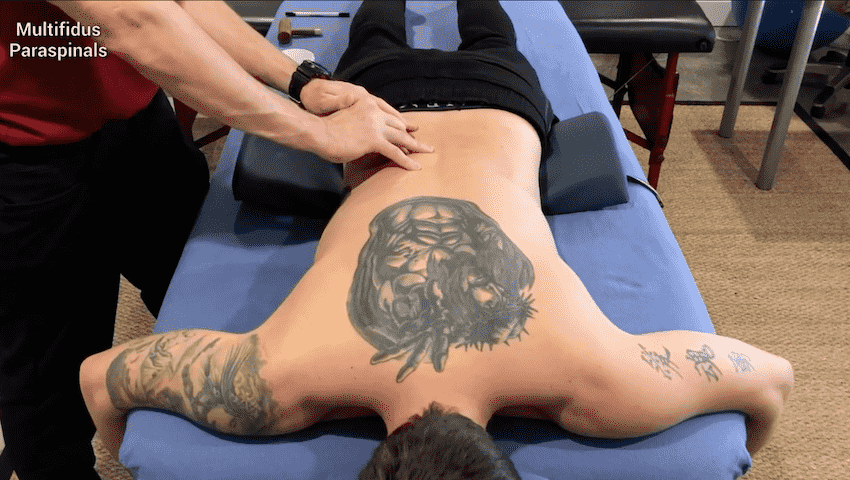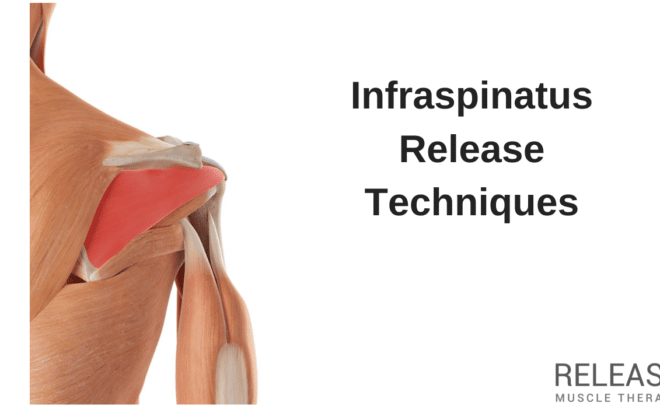Unique Benefits Of Neuromuscular Massage Therapy
Benefits of neuromuscular massage therapy
There are some very unique benefits of neuromuscular massage therapy that make it a good choice for some people.
First, let's discover what it is.
What is neuromuscular massage therapy?
Neuromuscular therapy (NMT) is a branch of bodywork that shifts the brain’s perception of pain. The therapist will find sore or sensitive areas in the soft tissues, in particular trigger points, then desensitize these areas with a combination of techniques, such as static compression.
How do you perform neuromuscular therapy?
 Neuromuscular therapy is not so much a specific technique, but rather a philosophy that includes an assortment of techniques. There are types of NMT, including the European and American versions, and there are important differences between them.
Neuromuscular therapy is not so much a specific technique, but rather a philosophy that includes an assortment of techniques. There are types of NMT, including the European and American versions, and there are important differences between them.
The european system is much broader and emphasizes many more aspects of the therapeutic process, including evaluation, hands on techniques, nutrition, psychological, movement, etc., while in contrast, the American version is much more focused on the massage therapist and trigger point release components specifically.
Trigger points are an interesting topic, and one of considerable debate. At Release Muscle Therapy, I do not particularly focus on trigger points, as they tend to be very common and difficult to specifically correlate to an individual’s pain (for example mimicking the pain), but they do tend to desensitize throughout the natural course of therapy.
At Release Muscle Therapy, I follow the more European model of neuromuscular therapy, in particular because I’m not a more classical massage practice, but instead utilize a variety of techniques to promote optimal health and wellness.
All NMT programs start with a comprehensive evaluation to identify movement restrictions and soft tissue sensitivity. This helps to create a more effective overall strategy, rather than just massaging the areas where the pain is located.
What is the difference between deep tissue massage and neuromuscular massage?
You are probably wondering what neuromuscular massage can do that other massage styles don’t. There are often overlapping elements between many modalities.
Both styles employ massage techniques that can involve deep pressure applied to tissues, but the intention may be very different with other techniques applied.
In neuromuscular massage, classically the focus is identifying the location of trigger points and using techniques such as static pressure and also contract/relax movements to relax muscles that contain active trigger points. Deep tissue massage doesn’t utilize these methods because the intention is different.
How often should you get a neuromuscular massage?
The frequency at which you can get neuromuscular massages depends greatly on the goal of the therapy.
For routine soft-tissue therapy and prevention, it can be done at the same frequency as other types of massage, which is usually based on convenience and financial capability. Once per month or as frequently as once per month is common.
If the outcome of of the therapy is pain relief, this can change the frequency recommendation greatly. Since a comprehensive pain relief program can involve a full-body approach, the frequency of sessions could be 3x per week while focusing on a different area each therapy session.
The intensity of the therapy influences the frequency as well. If the same body region is to be treated, then light applications can be done more frequently, which more days between more intense sessions.
The true benefits of neuromuscular massage therapy are maximized when the work is truly customized to the needs of the individual.
Learn more about neuromuscular massage therapy Temecula.
Tags In
Sam Visnic
Most Popular Posts
Categories
- Deep Gluteal Pain Syndrome (8)
- Deltoids (2)
- Foam Rolling (2)
- Glutes (9)
- Hamstrings (5)
- Hypnosis for Pain (3)
- Lats (2)
- Levator Scapulae (4)
- Lifestyle (8)
- Massage Therapy (39)
- Mobility (21)
- Movement and Exercise (19)
- Muscles (22)
- Nutrition (2)
- Obliques (1)
- Pain (25)
- Pectorals (3)
- Piriformis (3)
- Plantar Fasciitis (11)
- Psoas (11)
- Quadratus Lumborum (3)
- Quadriceps (2)
- Rhomboids (3)
- Sciatica (1)
- Serratus Anterior (1)
- SI Joint (14)
- Sternocleidomastoid (1)
- Stretching (18)
- Subscapularis (1)
- TMJ (2)
- Trapezius (1)
- Uncategorized (12)









